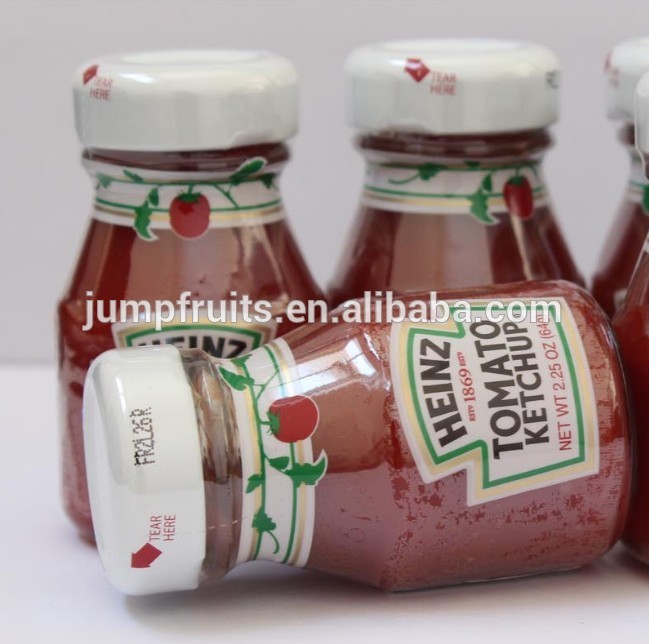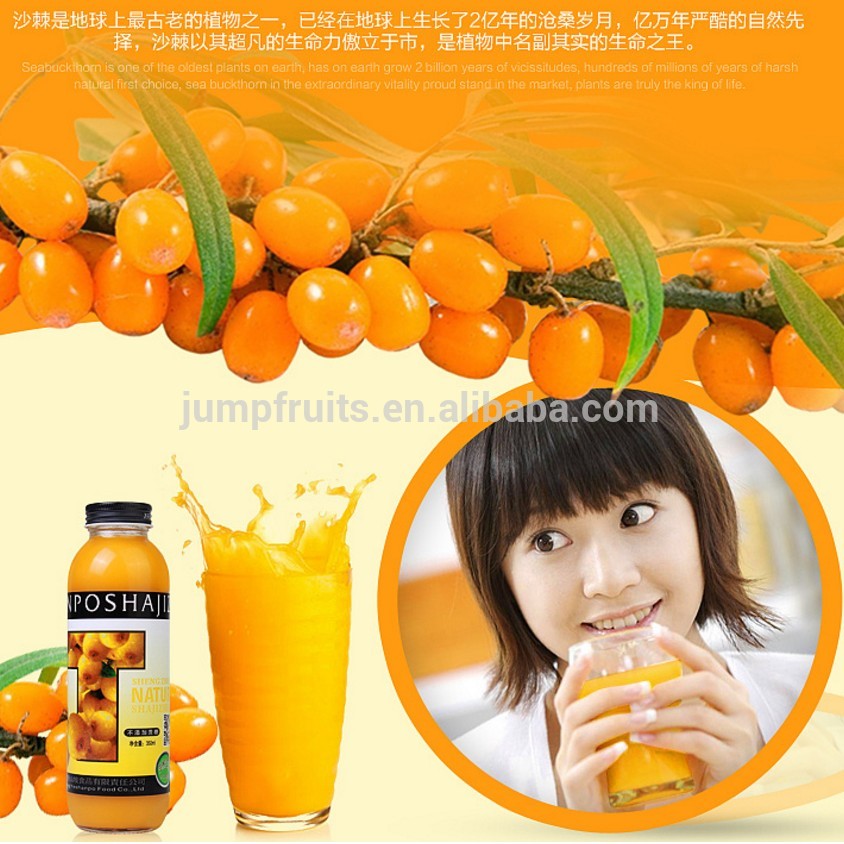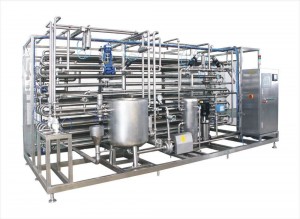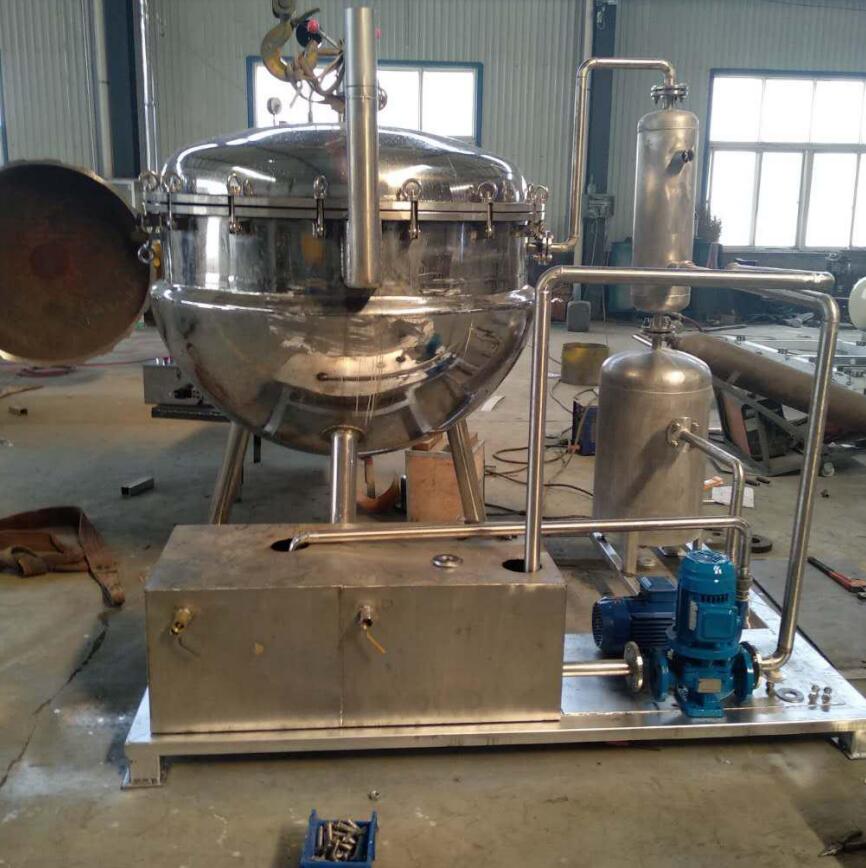pectin extraction machine
1.As early as the 1920s, the French researcher Braeennot first extracted a substance from the fleshy roots of carrots, and it can form gel when mixed evenly with water and a certain amount of soluble solids. So he named the substance “Pectin” and translated it into “Pectin” in Chinese.
2. Raw material sources of pectin
Later, scientific researchers discovered that pectin substances are widely distributed in the plant kingdom in the form of protopectin, pectin, and pectinic acid. They are found in both higher and lower plants, and exist in the intermediate layer of adjacent cell walls, serving as a link between cells and natural barriers. In contrast, among organs such as roots, stems, leaves, and fruits, the highest content of pectin is found in fruits, such as hawthorn, apple, and citrus. In addition, the fleshy roots of carrots, the flower plates of sunflowers, mango pomace, beet waste meal, silkworm excrement, watermelon peel, sweet potatoes, and sea buckthorn are also rich in pectin.
At present, the pectin with real industrial production value comes from citrus peel (including grapefruit, orange, citrus, grapefruit, lemon, citrus, etc.), apple juice residue, sugar beet residue, tofu firewood, silkworm excrement, etc. Among them, the most valuable fruit peel is citrus peel. Beet residue pectin was produced in the United Kingdom and Germany during World War II. However, due to the presence of a large number of neutral sugar side chains, relatively low molecular weight, and rich in acetic acid esterification, it is considered to have poor intrinsic quality in food additive applications. Commercial high methoxy pectin is mostly pectin extracted from citrus fruit skins. Most commercially produced low methoxy pectin is extracted from natural high methoxy pectin, and molecular weight and esterification degree are modified through various ways to generate pectin with different properties. There are also small amounts of pectin derived from sunflowers and silkworm excrement.
3 Classification of Pectins
The important differences between pectin substances are their molecular structure, methyl ester content, and degree of esterification. Therefore, pectin can be classified in various ways: for example, according to its solubility; According to the degree of esterification; By molecular weight; According to whether the extracted pectin undergoes structural modification, it can be divided into extracted pectin and modified pectin. Currently, the commodity pectins on the market are divided into the following categories.
3.1 High methoxy pectin
The galactose units of high methoxy pectin (HMP) are typically more than 50% esterified, i.e., with a DE value greater than 50%, or with a methoxy content (DM value) between 7.0% and 16.3%. These types of pectins are high ester pectins. High ester pectin does not react with Ca2+. Its gel mechanism is due to the interaction of hydrophobic bonds and hydrogen bonds between pectin molecules. Its formation of gel depends on the content of acid, the type and concentration of pectin, and the content of soluble solids. Generally, pectin with soluble solids content more than 55% and pH2.0-3.8 will have good gel characteristics. The gel formed by HMP is thermally irreversible. It is mainly used in the food industry as a thickener and stabilizer.
3.2 Low methoxy pectin
The galactose units esterified with low methoxyl pectin (LMP) are not more than 50%, that is, the DE value is less than 50%, or the methoxy group content (DM value) is less than 7.0%. This kind of pectin forms gel with Ca2+even when the soluble solids are very low. The mechanism of LMP gel is that there are many shuttle groups upstream of pectin molecule, which makes it difficult to form a gel binding zone, but it can form a cross-linking structure with divalent or multivalent metal cations, and at the same time, it can neutralize the anions in pectin that affect the intermolecular binding. In gel, divalent or multivalent metal ions are the key to affect the gel. The pH value is relatively wide for high methoxyl pectin, generally between 2.6 and 6.8, and is basically not affected by the solid content. The strength of gel formation depends on pectin concentration, type, soluble solids content, pH range, buffer concentration and Ca2+content. Only when the concentration of Ca2+and pectin reach a good balance can the quality of gel reach the effect of * * * *. When the content of Ca2+exceeds * * *, the gel formed will be fragile, and this gel has a tendency to dehydrate, or form calcium pectinate, which becomes insoluble pectin salt. Because low ester pectin can form gel under the condition of low soluble solids content and high pH value, it has good application in beverage and dairy industry. Most researchers believe that the binding of low methoxy pectin molecules to multivalent metals belongs to chelation, and the chelating properties of low ester pectin to divalent metal ions have been applied to the elimination of heavy metals in medicine. Currently, research conducted by Zhejiang University and Zhejiang Guoyuan Health Products has found that low ester pectin from certain sources has good effects in relieving alcohol and preventing drunkenness.
3.3 Aminated pectin
When the acid is replaced by ammonia in the process of deesterification of pectin, the esterified group is replaced by an amide group, forming amide pectin. The degree of amidation (DA) refers to the percentage of carboxylic groups in the amide form. Most commercial low ester pectins are amidated, with typical DA values ranging from 15% to 22%. Compared with non amidated pectin, amidated pectin can be gel at a higher temperature, and almost does not require Ca2+. The gel of non amidated pectin is affected by the automatic fluctuation of Ca2+content of fruit raw materials used, and the gel temperature and gel strength change sharply due to the change of Ca2+concentration. The gel properties of low methoxamide pectin are less affected by the concentration of Ca2+. At present, it is widely used as cooling gel material and jelly.
3.4 Modified citrus pectin
Citrus pectin is a long chain carbohydrate of complex polysaccharides extracted from the pulp and peel of citrus plant fruits such as lemon, grapefruit, orange, and red orange, with a molecular weight of generally over 100000. The extracted citrus pectin is a water-soluble dietary fiber. The extracted product has many branches and has strong adhesion function. It specifically kills mutated cells, causing them to be eliminated before they form; It also prevents aggregation between mutant cells and adhesion of mutant cells to adjacent cells and tissues.
Modified Citrus Pectin (MCP) is a pectin polysaccharide with lower molecular weight, lower esterification degree, and no branching, which is obtained by adjusting pH and hydrolyzing natural Citrus Pectin (CP) using techniques such as acid, alkali, and enzyme. The molecular weight is reduced to less than 20000. Compared with CP, MCP has no fundamental changes in its monosaccharide components, and MCP is more rich in galactouronic acid, rhamnose, and xylose; Moreover, CP has all the physiological functions MCP has, but due to its reduced molecular weight, pectin is more easily absorbed by the body and enters the blood circulation. Currently, it is used in the fields of “three highs” and anti cancer, especially in the development of anti tumor targeted drugs.
Extraction technology of pectin
The typical production process of solid powdered pectin is: raw material → pretreatment → extraction → decolorization → filtration → vacuum concentration → cooling → alcohol precipitation → washing → drying → crushing → finished pectin. JUMP Machinery(Shanghai) Limited is a modern scientific and technological enterprise engaged in the research, development, manufacturing, sales and service of industrial pectin extraction whole line system equipment.








